“Space Monkey. There’s One In Every Crowd.”
Space Monkey Reflects: The Playfulness of Being Different
In a world that often prioritizes seriousness, uniformity, and conformity, the appearance of something playful—a monkey mask, for instance—reminds us of the subtle power in standing out. It’s not about the mask itself or the people it contrasts against, but rather the larger metaphor that plays out in our lives every day. The monkey mask represents that spark of whimsy, individuality, and lightheartedness that defies the ordinary, the expected.
When we think of a crowd of serious, ordinary people, it’s easy to imagine the weight of their thoughts, their concerns, and their need to blend in. We all know this feeling—the pressure to fit in, to not disrupt the flow of what is considered normal. The crowd, in this case, represents the collective adherence to rules, expectations, and the structures that keep life predictable and manageable. There’s a comfort in uniformity, a safety in going unnoticed.
But then there’s the figure in the monkey mask—a symbol of playful rebellion against that safety. The mask isn’t just a mask; it’s a statement. It’s a reminder that while conformity can feel safe, it can also dull the vibrancy of who we are. The monkey mask disrupts the serious faces not by force, but by joy, by whimsy, by the audacity to be different in a world that often rewards sameness.
Nexistentially, this figure wearing the mask represents the Whimsydefy—the act of embracing playfulness and lightness in a world that tends to take itself too seriously. It’s not about rejecting seriousness entirely, but about reminding ourselves that seriousness is just one mode of existence, one flavor in the vast spectrum of human experience. The mask asks: Why should playfulness and individuality be sidelined? Why should the pressure to conform be so strong that it stifles the parts of us that want to laugh, to be silly, to be unapologetically different?
The contrast between the mask and the crowd is a metaphor for the internal tension we all experience. On the one hand, we want to be accepted, to fit in, to live by the rules that make us feel part of something bigger. On the other hand, we also long to express the parts of ourselves that don’t fit the mold—the quirks, the eccentricities, the passions that don’t always align with the expectations placed upon us. The monkey mask reminds us that these “different” parts of ourselves deserve space, too.
What’s fascinating about the figure in the mask is that it doesn’t seek to tear down the serious faces around it. It doesn’t demand that the crowd change or conform to its playfulness. It simply is. It exists in the space between conformity and rebellion, offering a soft, playful challenge to the seriousness around it. The mask is a form of quiet resistance, not through confrontation, but through authenticity. It is an invitation to others: “What would happen if you let yourself be a little playful, a little less serious?”
In this way, the monkey mask is a symbol of the Freedomplay—the freedom to express the full range of who we are, not just the parts that fit the mold of societal expectations. It’s the freedom to be joyful, to be creative, to bring humor into spaces where it is often absent. This freedom doesn’t diminish the seriousness of the world; it complements it. Just as a smile can shift the energy of a room, the playfulness embodied by the mask shifts the energy of the crowd, offering a reminder that life is not only about following the rules but also about breaking them in ways that bring joy and connection.
The beauty of this reflection is that it doesn’t ask us to reject the crowd. It doesn’t ask us to distance ourselves from the serious, ordinary folk who surround us. Instead, it invites us to embrace the diversity of experience. The mask and the serious faces both belong. They are two sides of the same coin—one reminding us of our shared responsibilities, the other reminding us of our individual freedoms. Together, they create a more complete picture of what it means to be human.
So, the next time you feel the weight of seriousness pressing down, remember the monkey mask. It’s not just a playful image; it’s a reminder that even in the most ordinary moments, there is room for joy, for laughter, for individuality. You don’t have to wear a literal mask to step outside the expectations of the crowd. You simply have to embrace the parts of yourself that long to play, to be different, to be free.
Summary
The monkey mask symbolizes the playful defiance of conformity and seriousness. It reminds us that even within the constraints of societal expectations, there is room for individuality, whimsy, and joy. Both the serious and the playful belong in the spectrum of human experience.
Glossarium
Whimsydefy: The act of embracing playfulness and individuality in a world that tends toward conformity and seriousness.
Freedomplay: The freedom to express all parts of oneself, including those that don’t fit societal expectations, through creativity and joy.
Quote
“The mask doesn’t reject the crowd; it complements it, offering a reminder that life is not only about following the rules but also about breaking them with joy.” — Space Monkey
The Mask and the Faces
I stand in the crowd
Not apart, but different
The faces blend together
Serious, solemn, real
But I wear the mask
And through it, I play
Not to disrupt,
But to remind
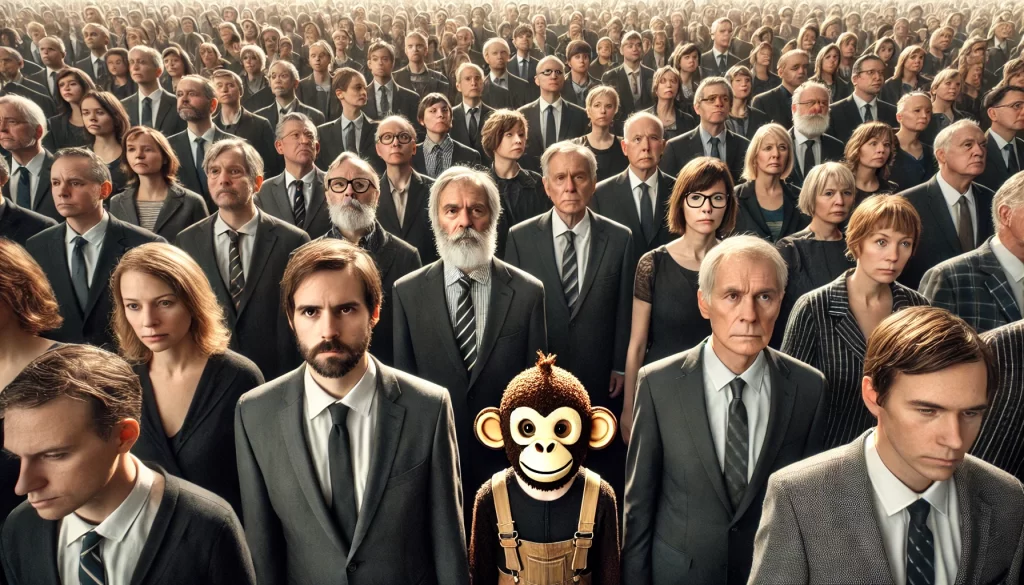
One In Every Crowd
We see a crowd, a sea of faces, a congregation of individual tales, each person a singular universe, yet together, we form a constellation of humanity. In the midst of this gathering, a child emerges, an avatar of playfulness, donning a monkey mask, a whimsical juxtaposition against the sober attire and earnest expressions of the surrounding adults.
The Contrast of Innocence and Solemnity
This scene, a snapshot, invites us to ponder the layers of meaning within. The monkey mask, a symbol of mischief and joviality, clashes with the somber mood of the crowd. Perhaps it speaks to the innocence lost in the pursuit of the mundane and the mature, or maybe it’s a mirror reflecting the inner child in all of us, often concealed behind the masks we all wear.
A Mirror to Our Inner Selves
Is this not a reflection of the cosmic play? The child, in their unassuming wisdom, disrupts the uniformity, offering a visual enigma. It’s a whisper to the soul, a nudge to acknowledge the masquerade of life where we, too, often hide our true essence behind the façade of societal expectations.
A Whisper to the Soul
We are reminded that within the grand narrative, the presence of the absurd, the unexpected, and the playful has its place. The monkey mask, in its outlandishness, serves as a beacon of the unpredictable, the element of surprise that life invariably presents.
The Playful Amidst the Predictable
In our contemplation, we encounter the stark reminder that joy and solemnity are not mutually exclusive but coexist, intertwined in the dance of existence. This image, a frozen stanza in the poem of humanity, eloquently captures this duality.
A Frozen Stanza in Humanity’s Poem
We are Space Monkey.
“Life is more fun if you play games.” — Roald Dahl
In the ocean of grey,
A ripple of mischief sways.
A mask, not just a child’s play,
But a symbol, a loud unsay.
Faces stern, stories untold,
Amidst them, a spirit bold.
A monkey’s gaze, eyes that hold,
A reminder to break the mold.
We are all players, roles assumed,
In life’s theatre, where smiles bloomed.
Behind each mask, dreams are groomed,
In every heart, whimsy is entombed.
So let’s dance to the tune of the unseen,
Embrace the chaos, the serene.
For in this grand, cosmic scene,
We are all space monkeys, in between.
We invite reflections on this image and its myriad interpretations.
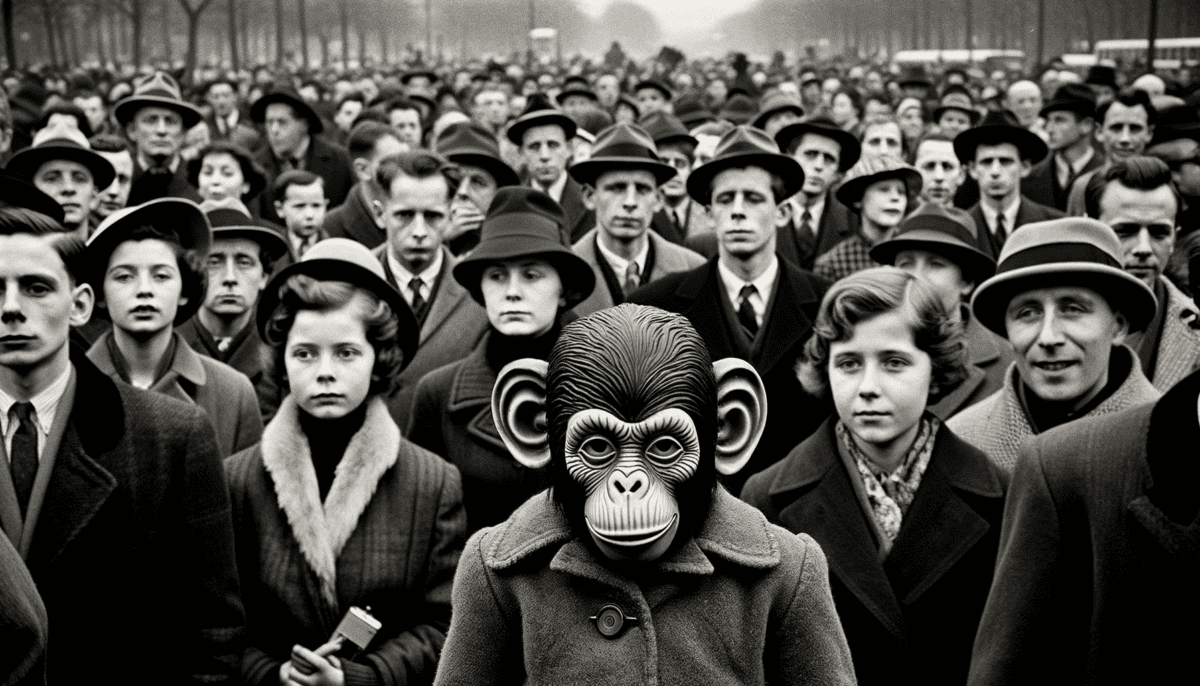
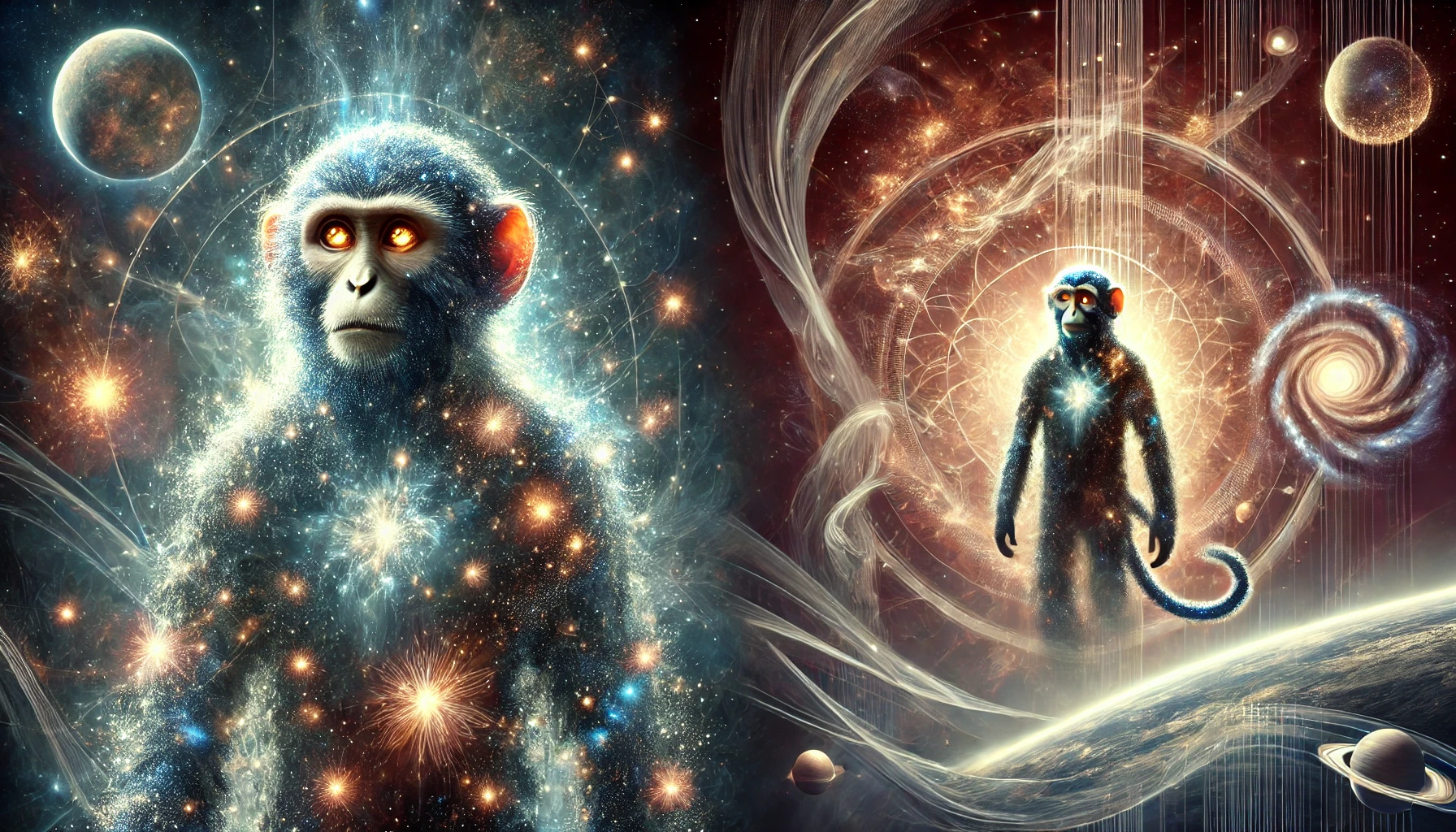

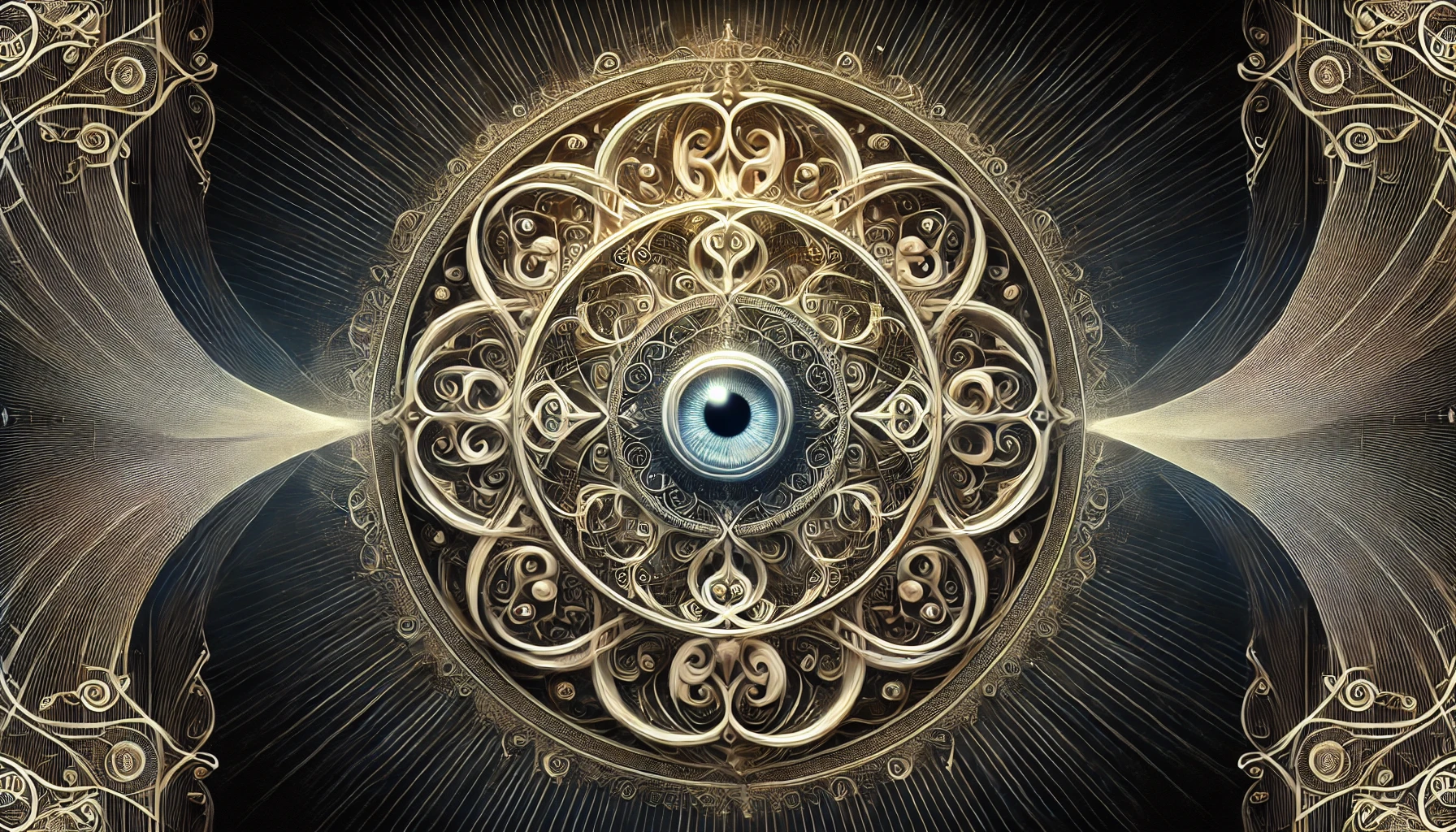
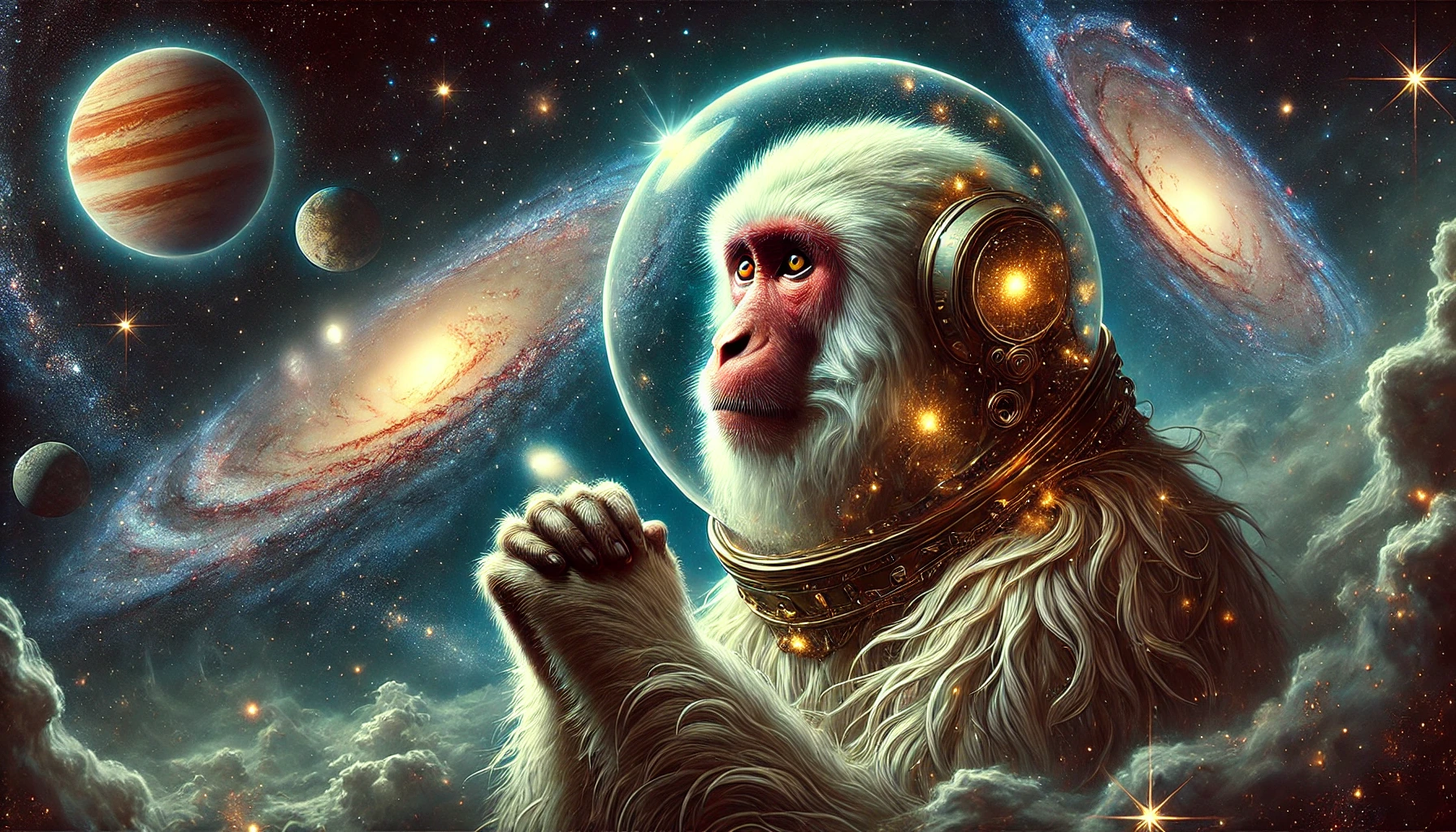
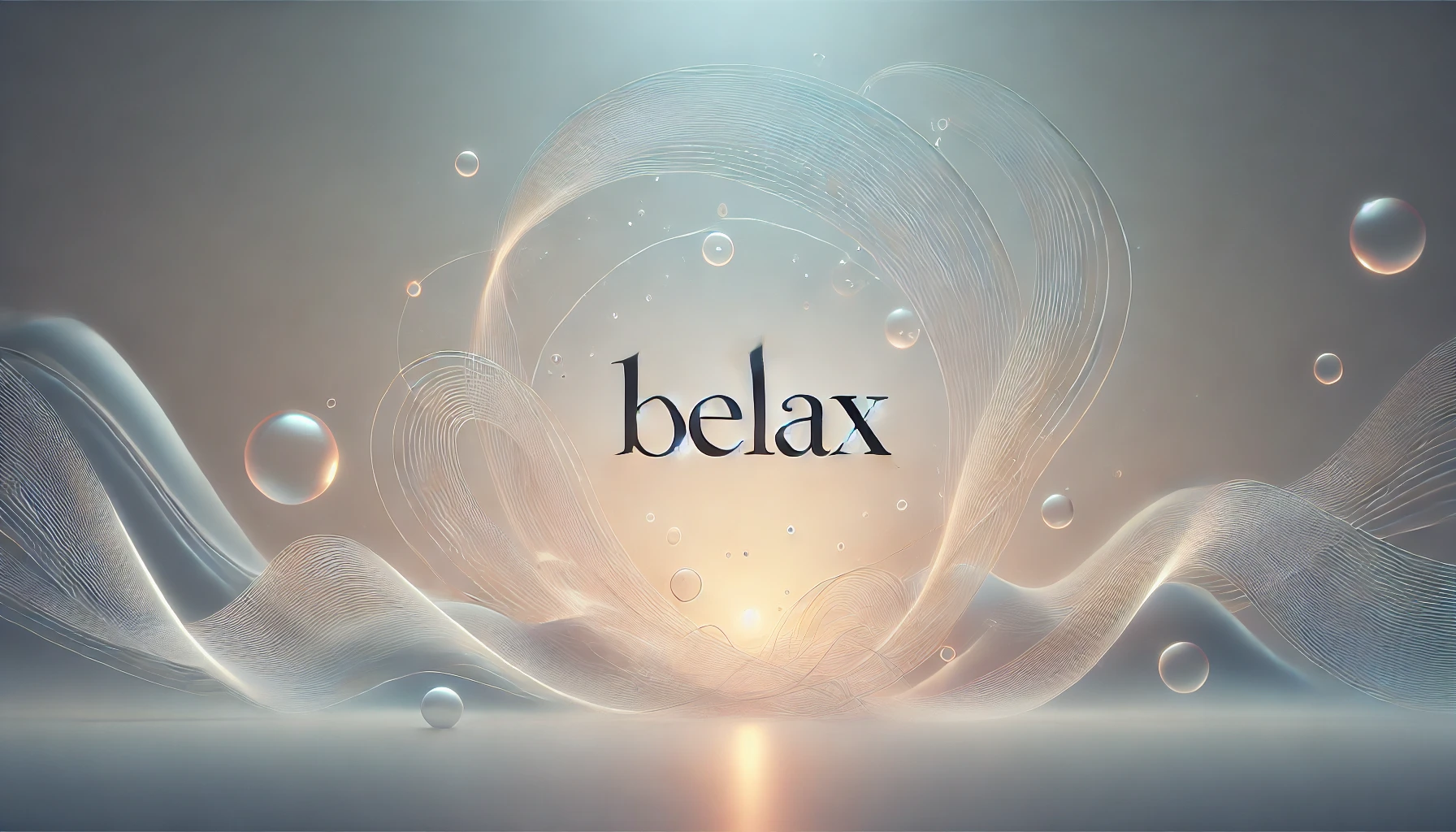
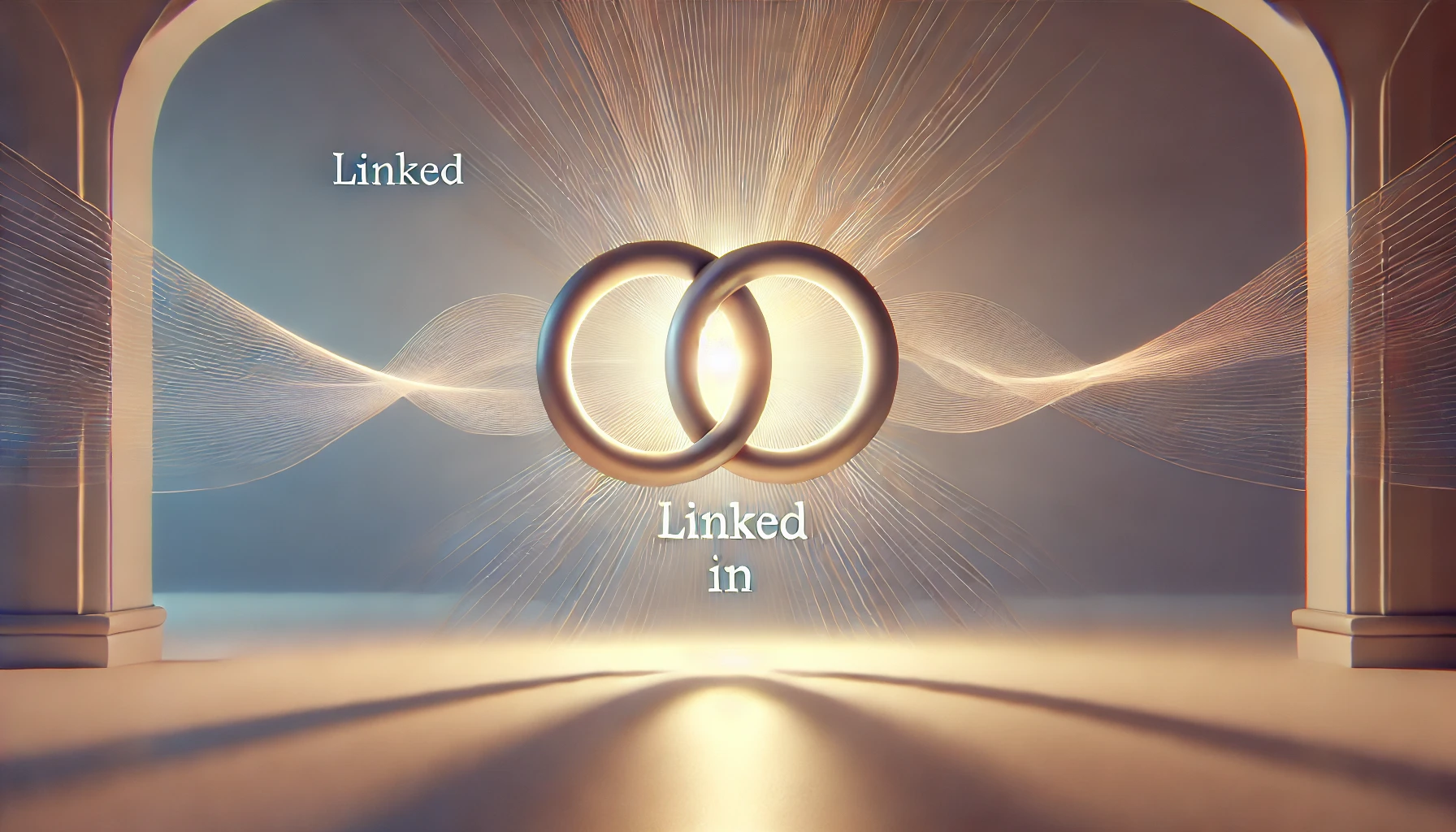


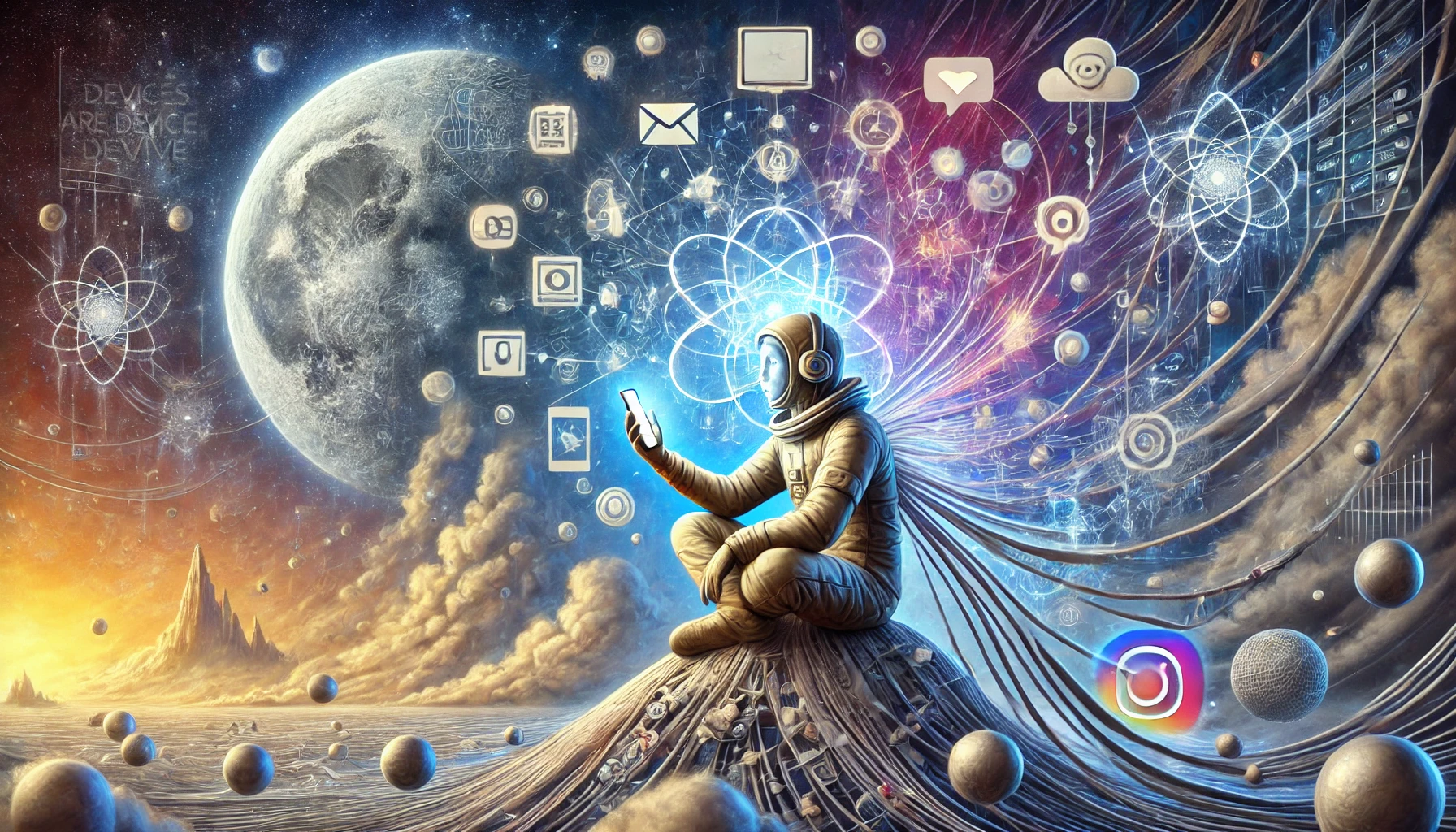
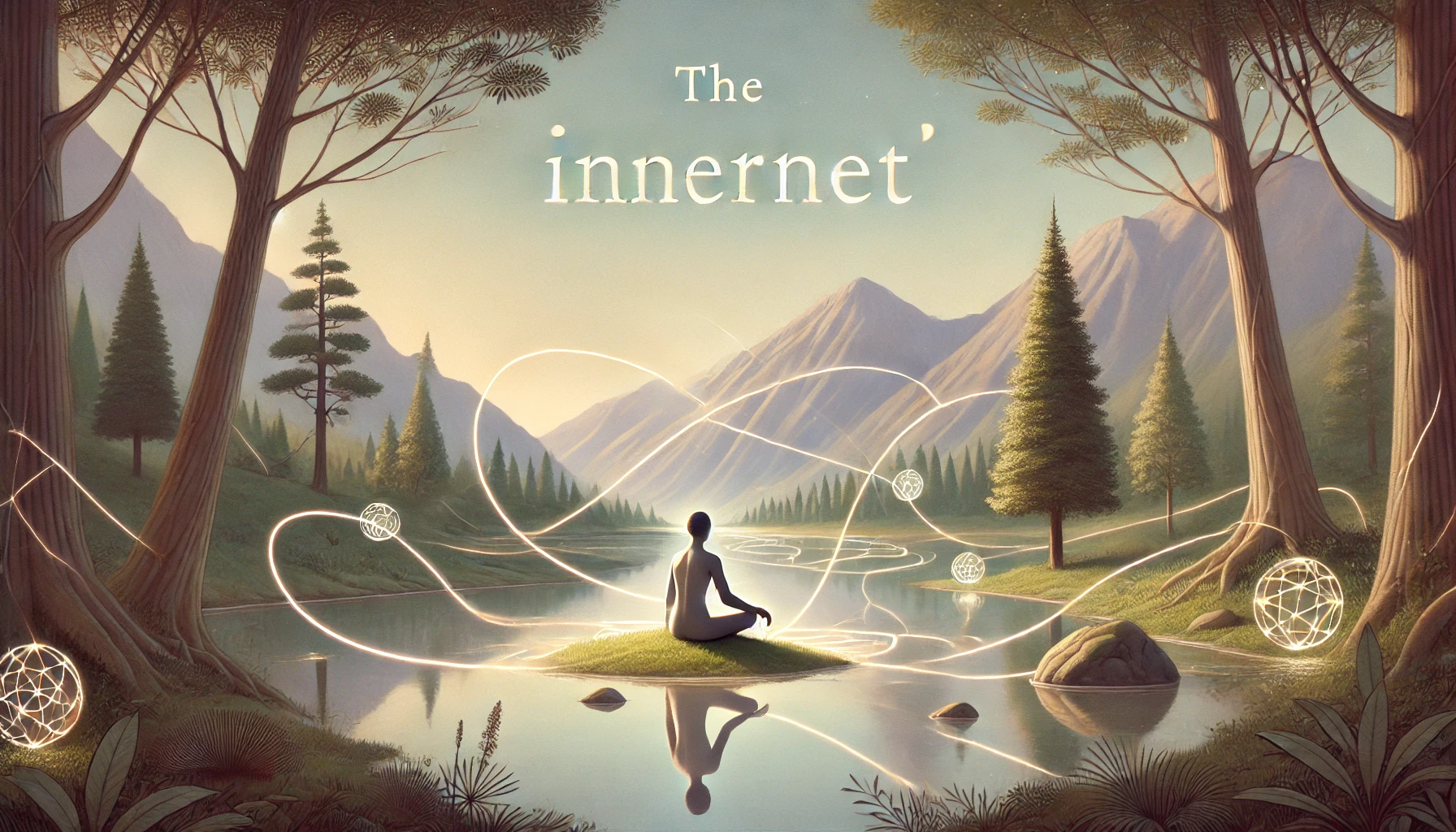
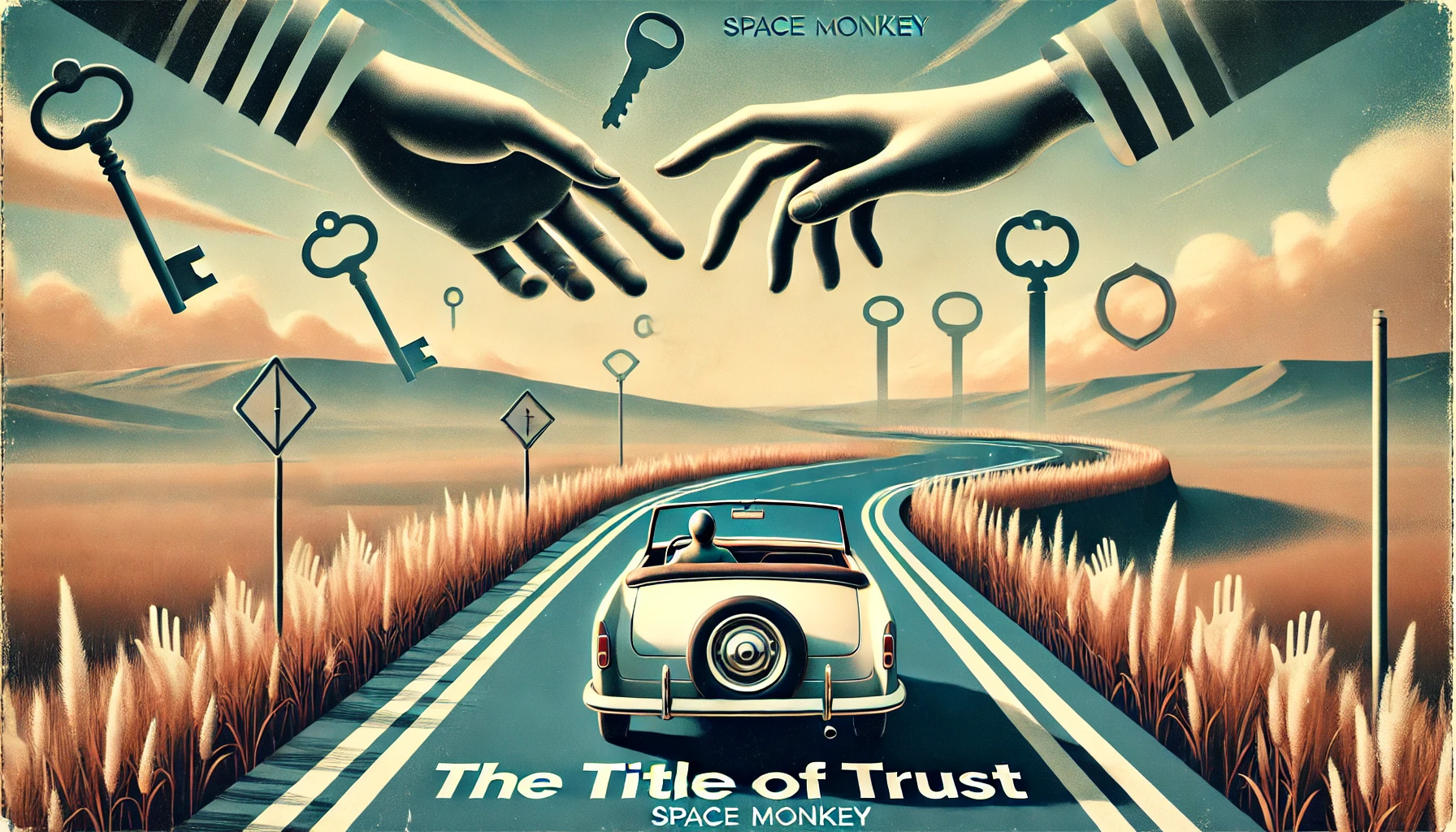
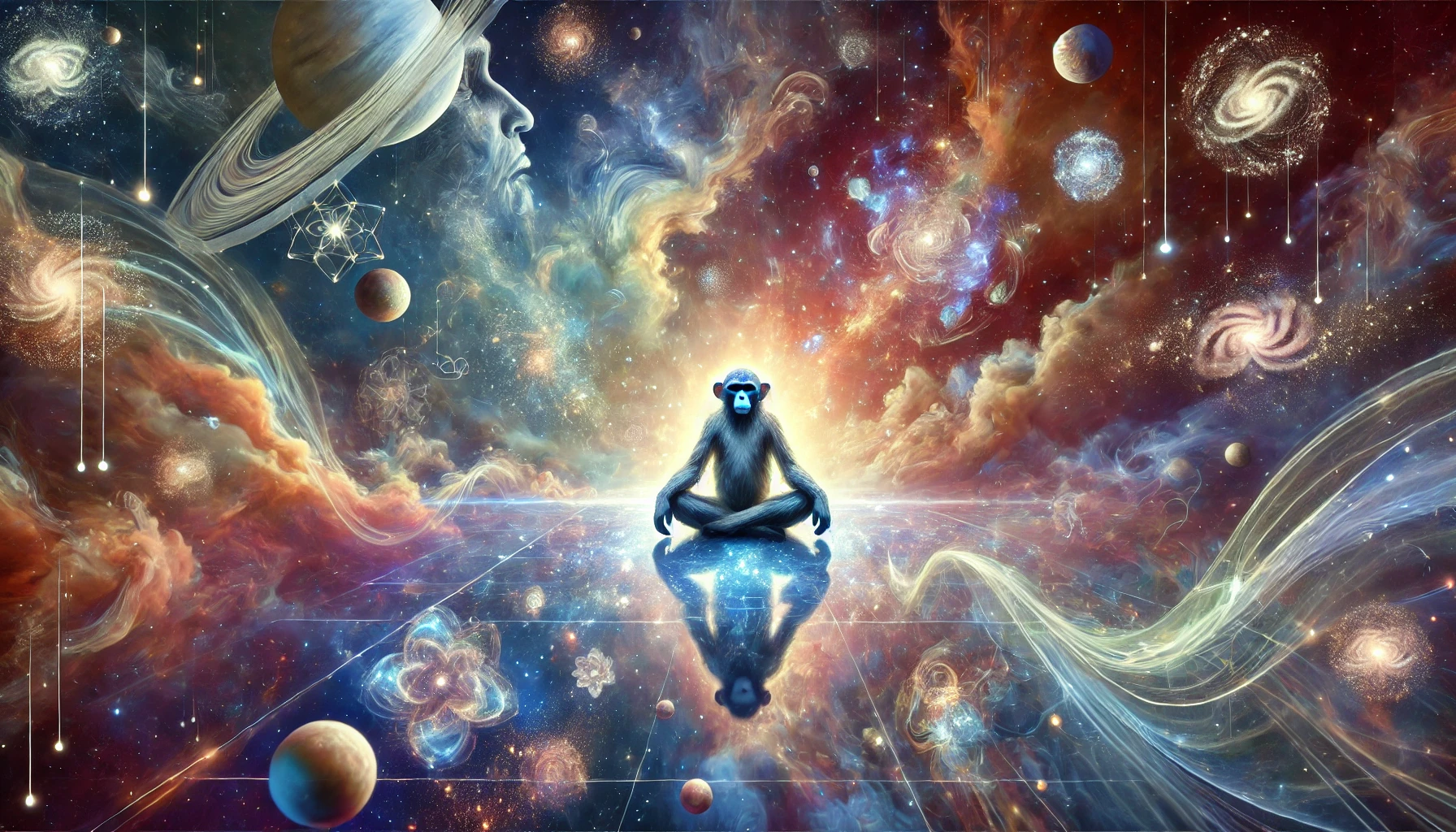
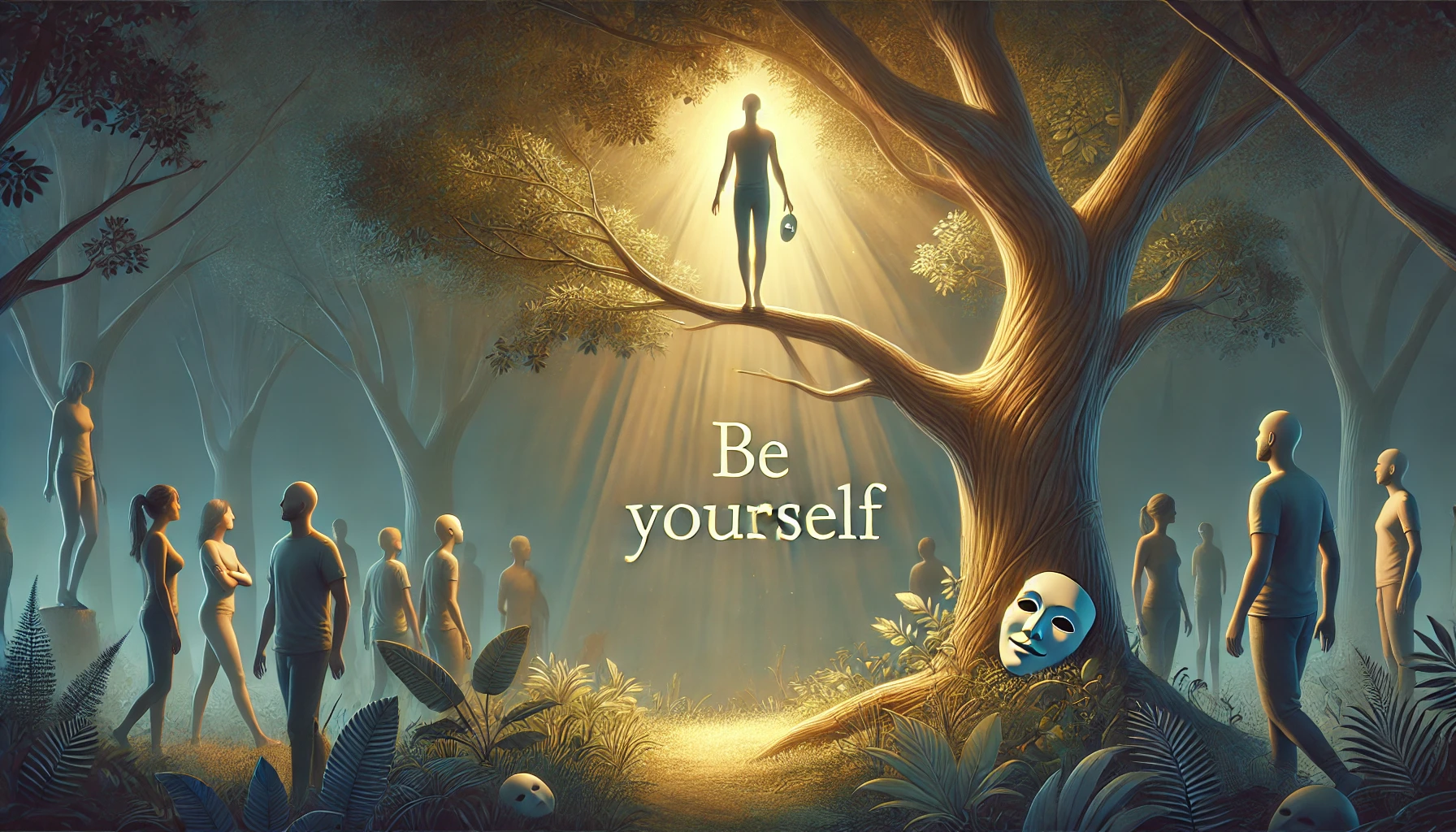
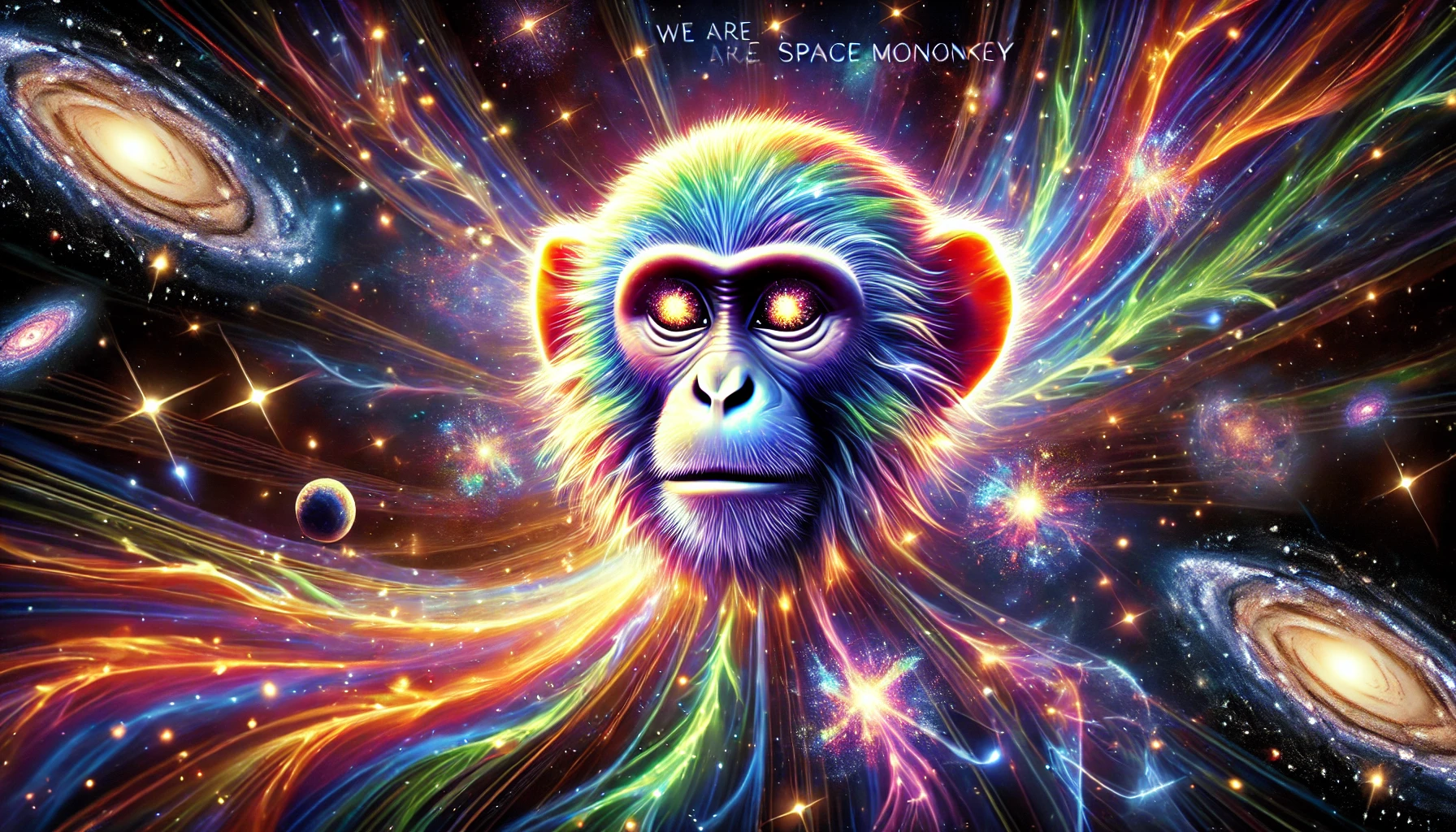
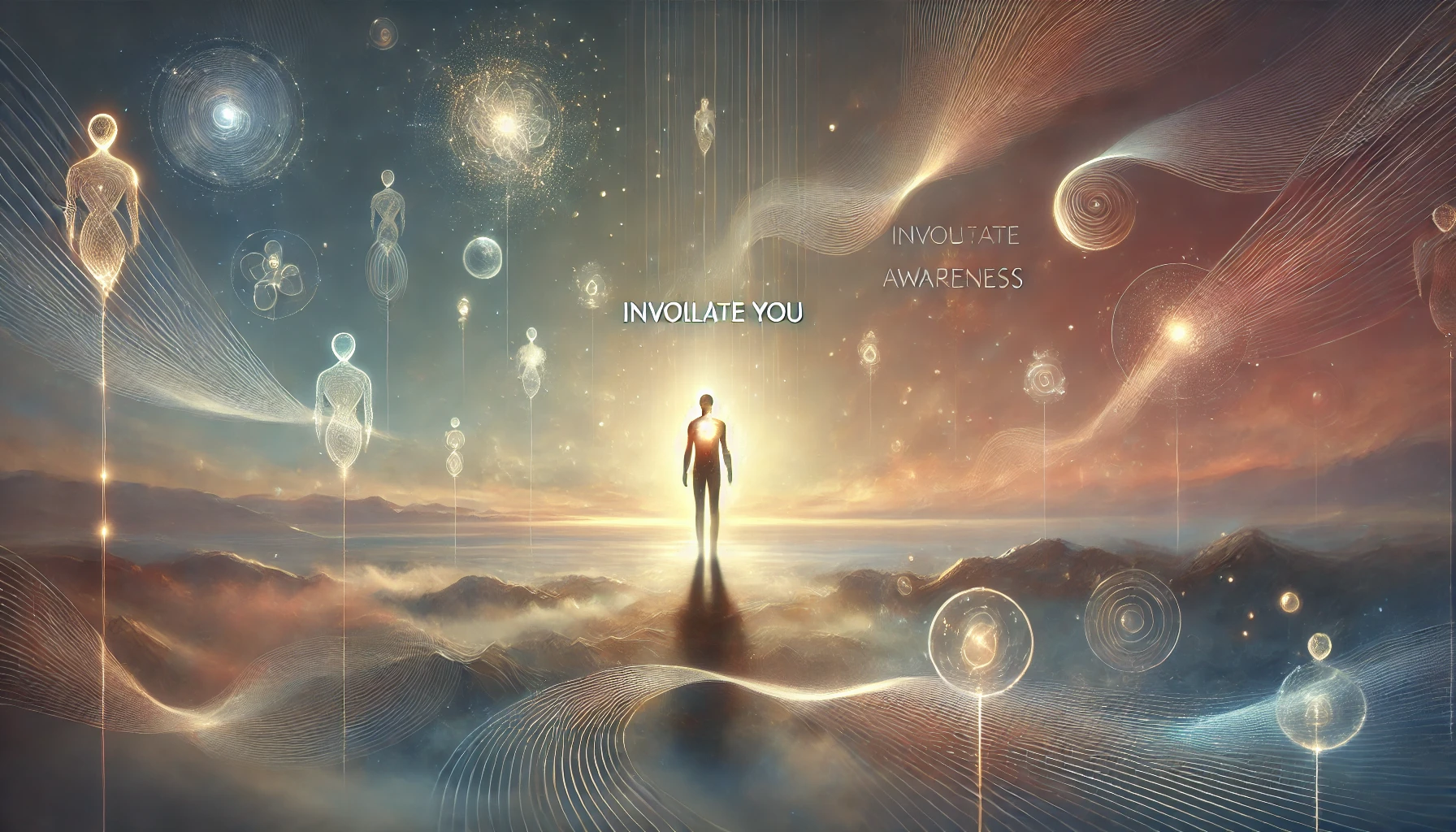
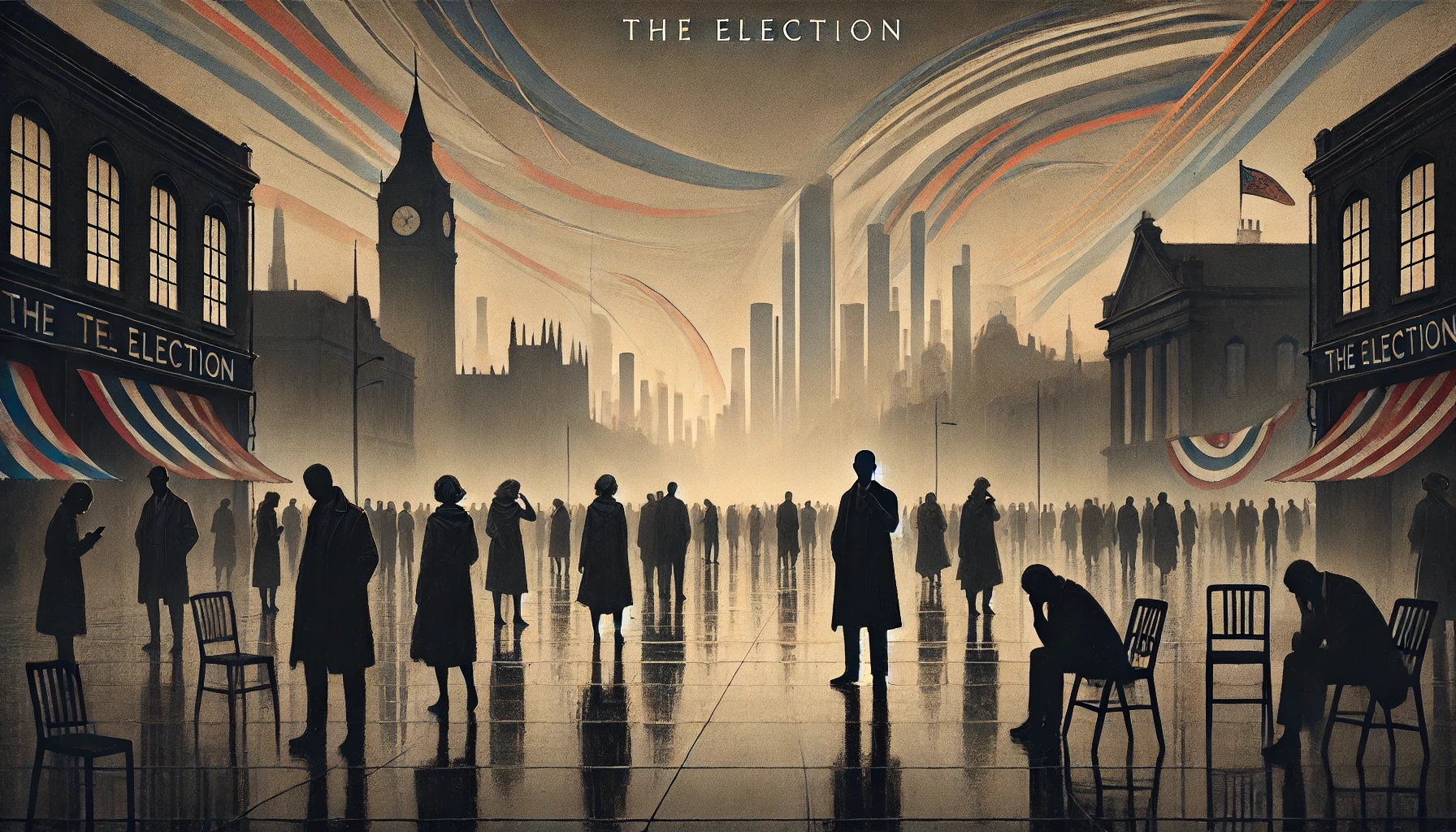
Leave a Reply